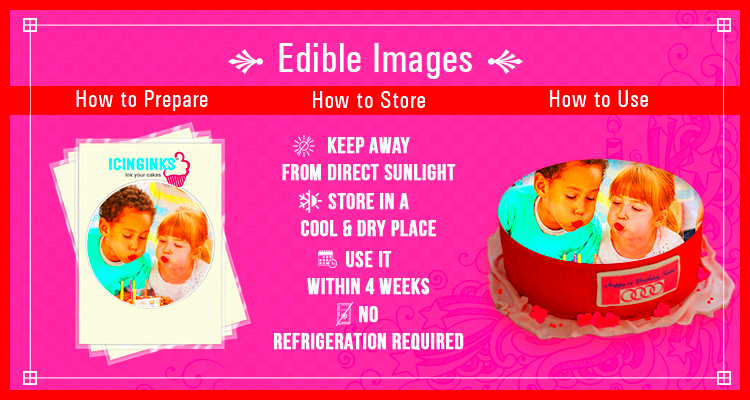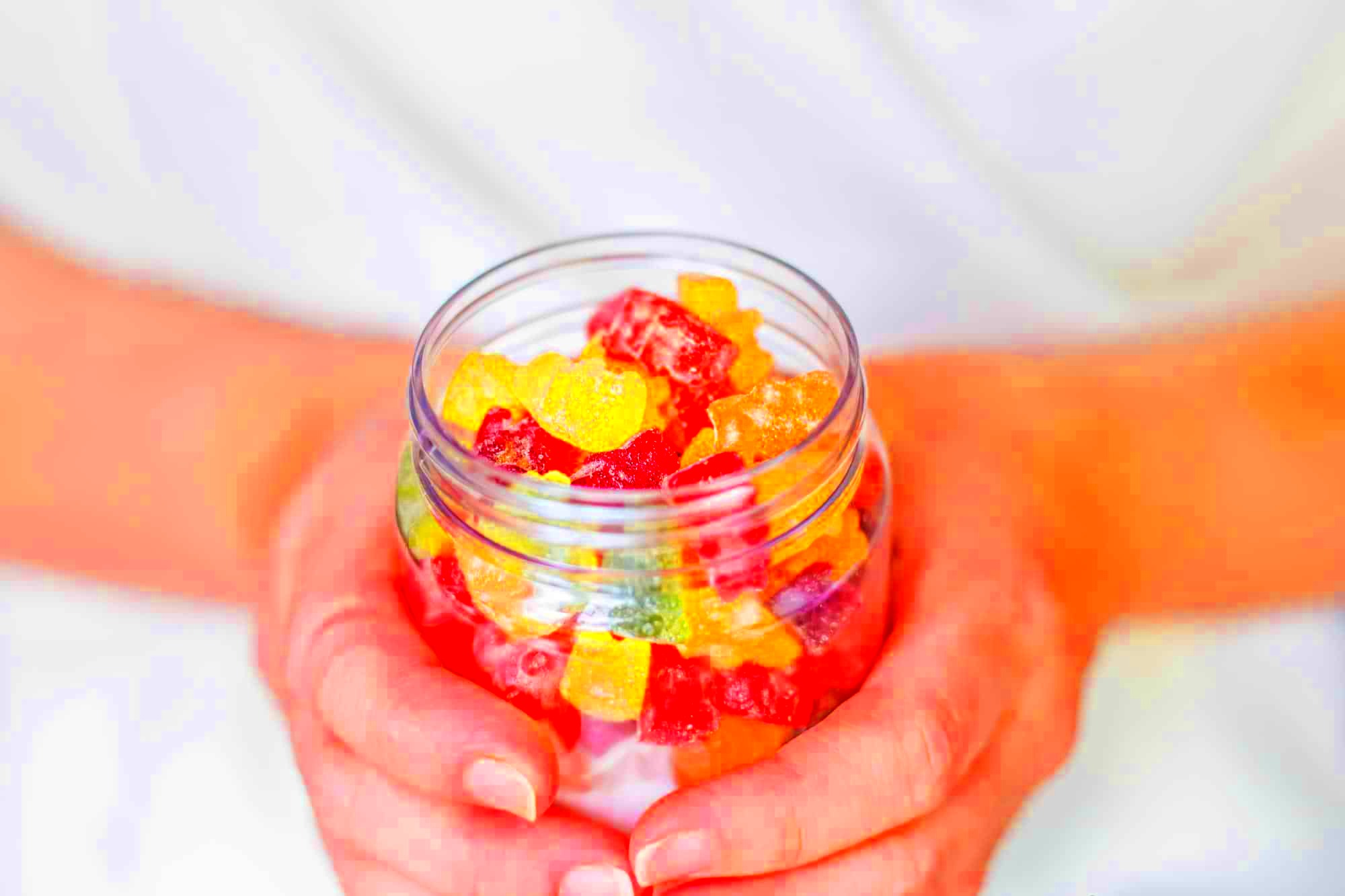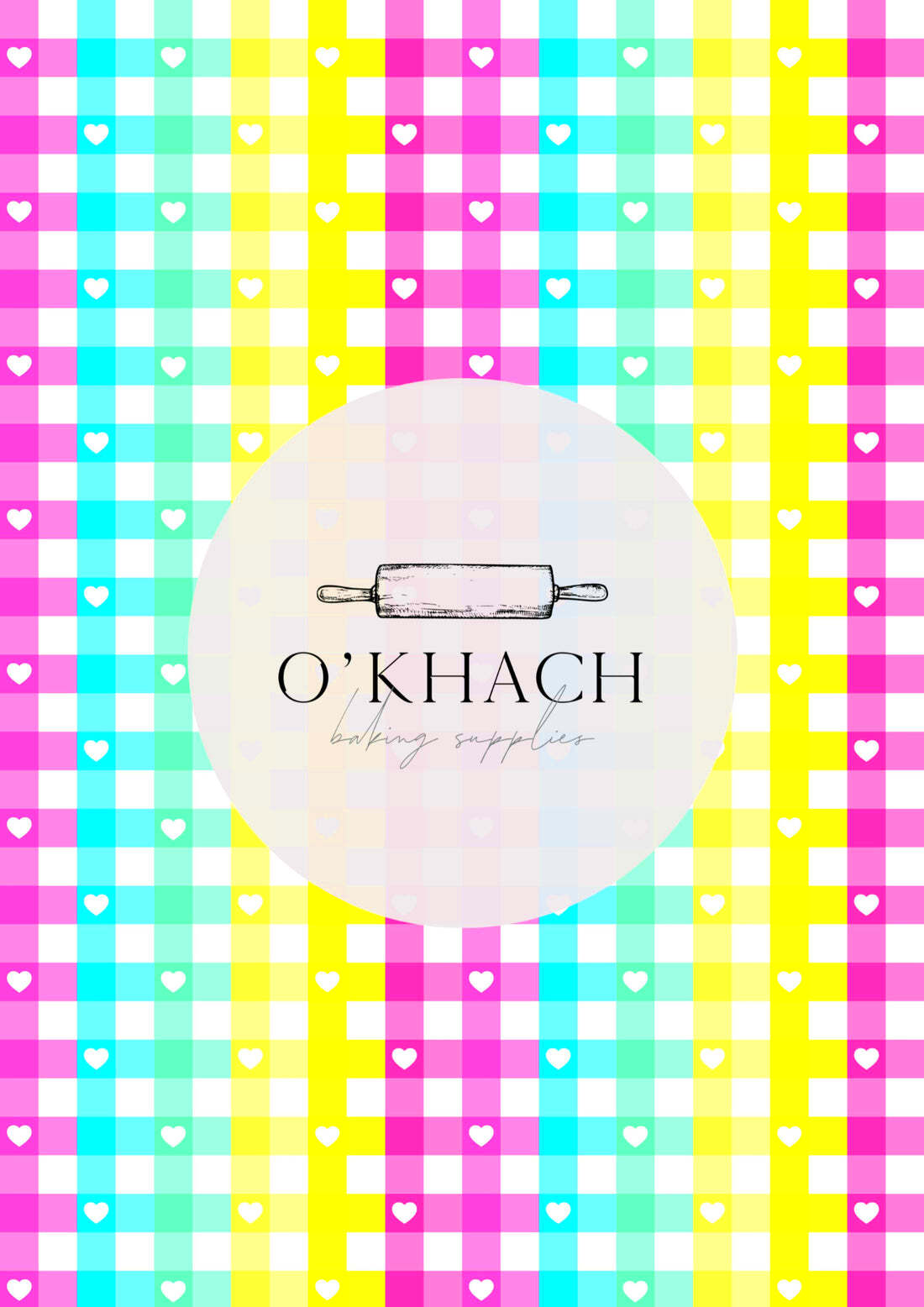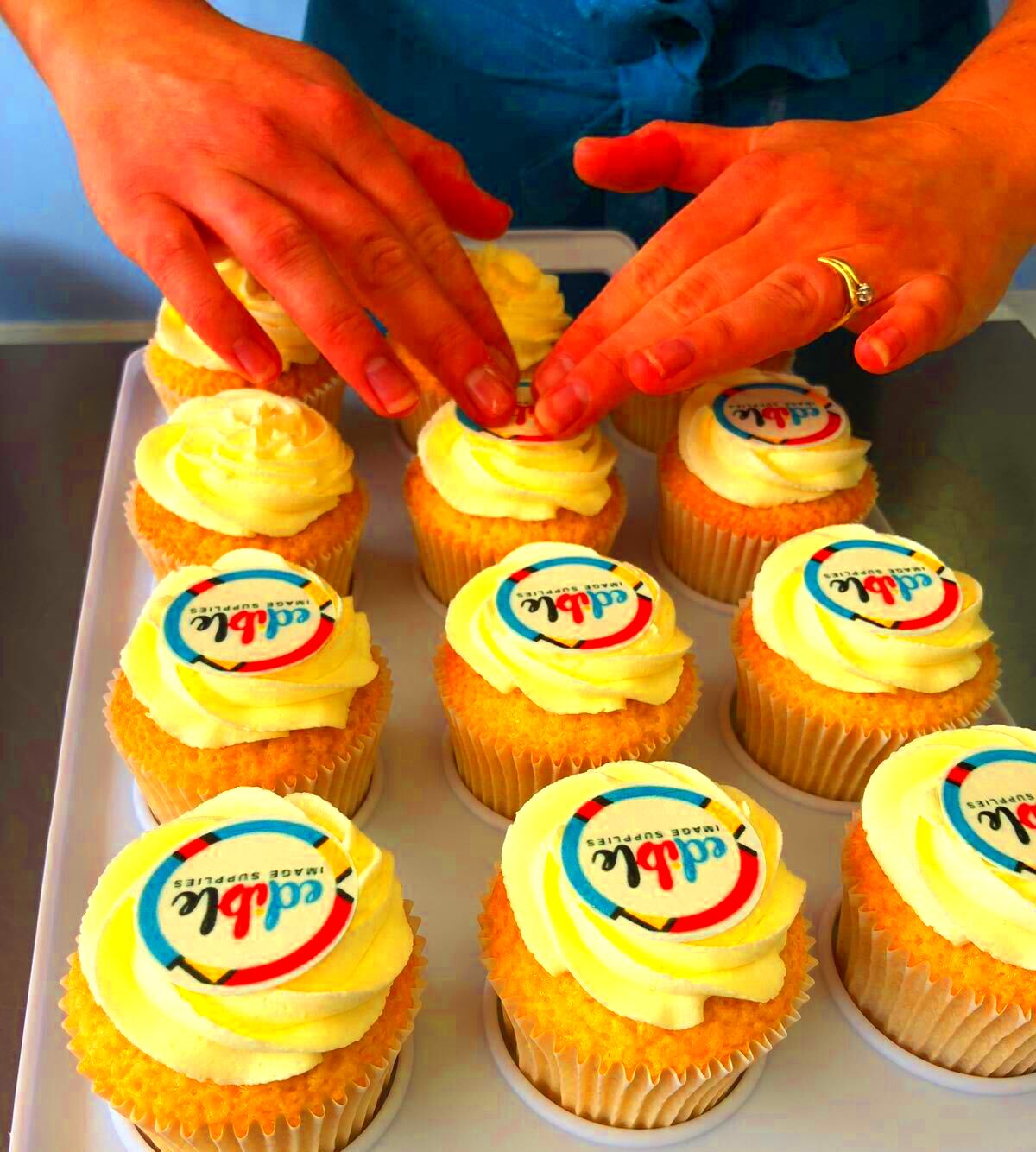Storing edible images properly is important to maintain their quality and taste. Whether you’re using them for cakes, cookies, or other treats, knowing how to store them can make a big difference. In this guide, we’ll explore the best ways to keep your edible images fresh and ready for use. Let’s dive in!
Understanding Different Types of Edible Images

Edible images come in various forms, each with its unique characteristics. Here are some common types:
- Icing Sheets - These are made from sugar or rice and are commonly used for cake decoration. They have a smooth surface and are easy to apply.
- Wafer Paper - Thin and lightweight, wafer paper is ideal for creating delicate decorations. It can absorb moisture, so storage is crucial.
- Chocolate Transfer Sheets - These are designed to transfer patterns onto chocolate. They must be stored away from heat and humidity.
- Fondant Images - Made from rolled sugar, fondant images can be shaped and molded. They can dry out if not stored correctly.
Understanding these types helps you choose the best storage method to keep them fresh and ready for decoration.
Choosing the Right Storage Method for Edible Images

Choosing the right storage method for edible images is essential for maintaining their quality. Here are some effective methods:
- Room Temperature Storage - For short-term use, store edible images in a cool, dry place away from direct sunlight. Make sure they are in a sealed container to prevent moisture.
- Refrigeration - If you need to store them for a longer period, consider refrigeration. Wrap the images in plastic wrap and place them in an airtight container. This helps to keep them fresh.
- Freezing - For the longest storage, freezing is an option. Place images in a freezer-safe container. Make sure to separate layers with parchment paper to prevent sticking.
Always check the specific recommendations for the type of edible image you have, as some may require unique storage methods. Remember, the goal is to keep them safe from moisture, heat, and direct sunlight to ensure they stay vibrant and tasty when you’re ready to use them.
Using Freezer Techniques to Preserve Edible Images

Freezing edible images is a fantastic way to extend their shelf life while keeping their quality intact. This method is especially useful for images made from icing sheets or fondant. Freezing helps prevent spoilage, allowing you to store your images for months. Here’s how to do it right:
- Wrap Carefully - Start by wrapping your edible images in plastic wrap. This prevents moisture from getting in and protects them from freezer burn.
- Use Parchment Paper - If you have multiple images, place a piece of parchment paper between each one. This helps them stay separate and prevents sticking.
- Choose the Right Container - Place the wrapped images in a freezer-safe container. This adds an extra layer of protection against the cold and helps keep the images flat.
When you’re ready to use your frozen images, simply remove them from the freezer and let them thaw in the fridge for a few hours. Avoid thawing at room temperature, as this can cause condensation to form, potentially ruining the image.
Benefits of Vacuum Sealing for Edible Images
Vacuum sealing is one of the best ways to preserve edible images. This technique removes air from the packaging, which can greatly extend the shelf life of your images. Here are some benefits of vacuum sealing:
- Prevents Moisture - By removing air, vacuum sealing helps to keep moisture out, which can lead to spoilage and deterioration of your edible images.
- Reduces Freezer Burn - This method protects your images from freezer burn, ensuring they maintain their texture and flavor even after long periods in the freezer.
- Easy Organization - Vacuum-sealed bags are space-efficient, allowing you to neatly organize your images in the freezer without taking up too much room.
To vacuum seal your edible images, place them flat in the vacuum-sealing bag and follow the manufacturer's instructions. It's a simple process that can make a significant difference in keeping your edible images fresh and ready for use.
How to Use Proper Packaging for Edible Images
Proper packaging is essential when storing edible images to ensure they stay fresh and maintain their quality. Here are some effective packaging methods:
- Choose Airtight Containers - Using airtight containers helps keep moisture out. Look for containers that seal tightly to protect your images from humidity.
- Use Cardboard Inserts - For added support, consider using cardboard inserts. This helps keep the images flat and prevents them from bending during storage.
- Label Your Packages - Don’t forget to label your packages with the date and type of image. This makes it easy to find what you need and keeps track of freshness.
Always store your packaged images in a cool, dry place away from direct sunlight. This helps prevent color fading and keeps your edible images looking vibrant. By using proper packaging techniques, you ensure that your edible images are ready to shine at your next baking project!

 admin
admin








